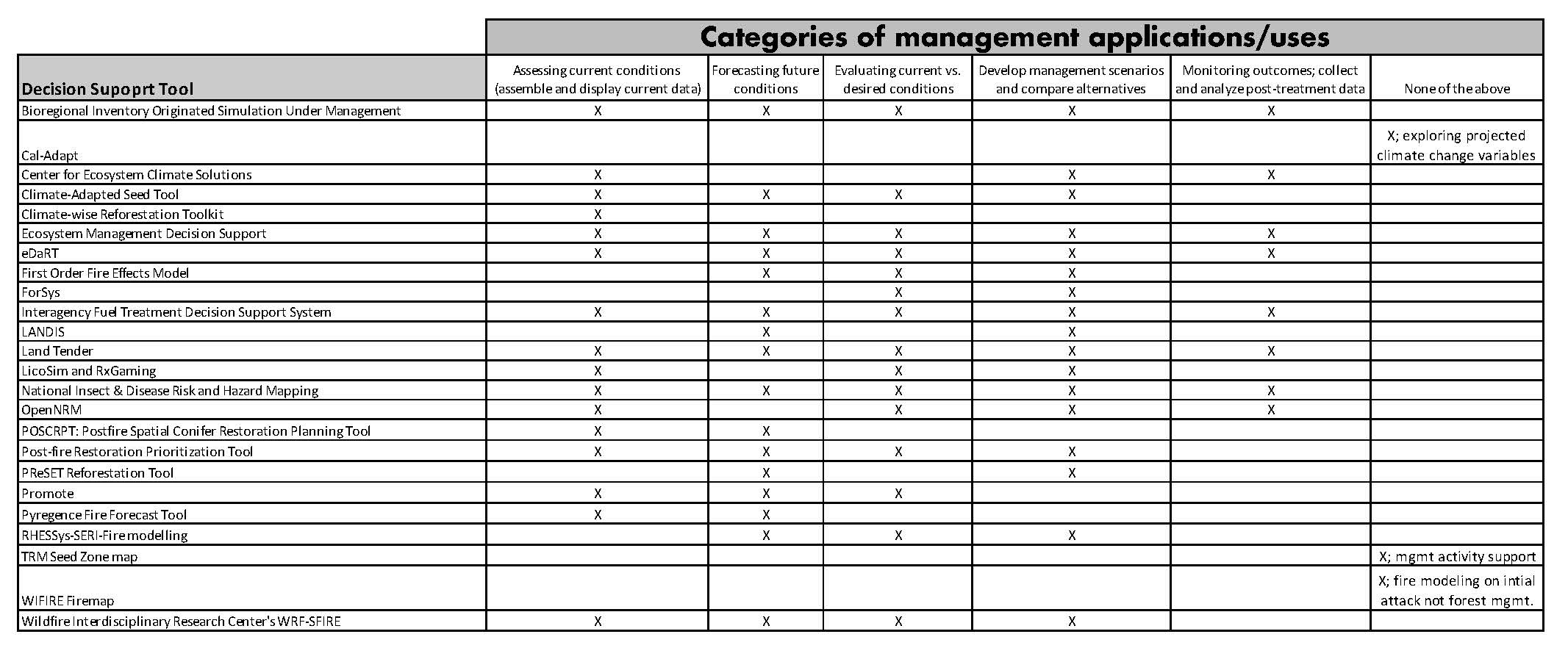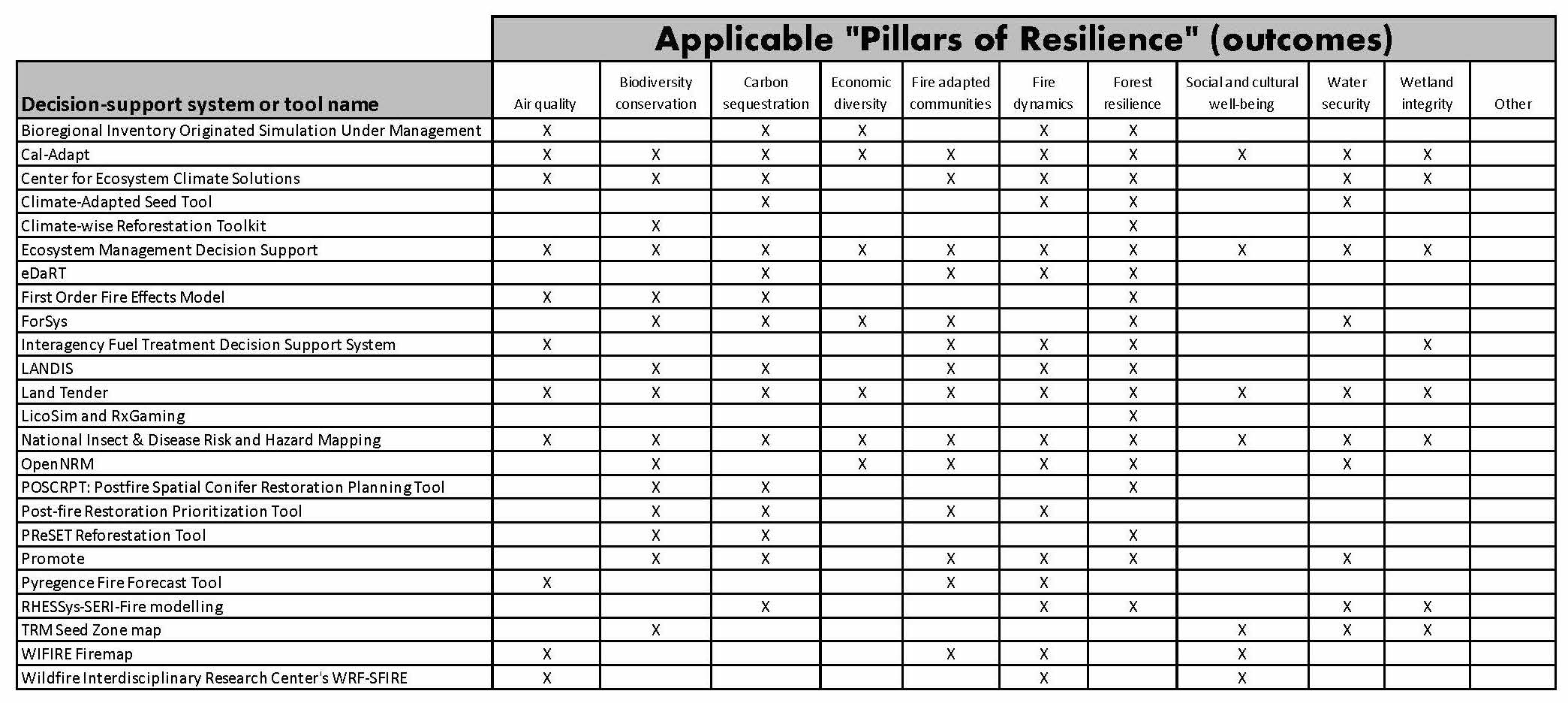UCANR Publishes Report on Small Forest Landowners

UCANR Publishes Report on California’s Small Forest Landowners
Representing 22% of California’s timberland, private owners of forested lands play an important role in landscape resilience and reducing wildfire risk. And yet, they remain one of the most challenging groups to reach with consistent messaging and education on how to manage and protect their forests.
A new report, recently released by the University of California Agriculture and Natural Resources (UCANR) provides important learning about forest landowners, their goals, the actions they have taken to date, and the obstacles they face in effectively managing their land.
The report is a compilation of information gathered from forest landowners participating in the Forest Stewardship Education Initiative, a landowner educational effort launched by UCANR and funded by CAL FIRE. The initiative helps landowners better understand, manage and protect their forests by developing a management plan, implementing vegetation management projects, engaging with natural resource professionals, and taking advantage of cost-share opportunities that can help them meet their management goals.
This report represents an important step in meeting the needs of forest landowners, and it implements a recommendation by the Small Landowner Assistance Working Group of the California Wildfire and Forest Resilience Task Force.
The 2021 Caldor Fire: One Year Later Video Series
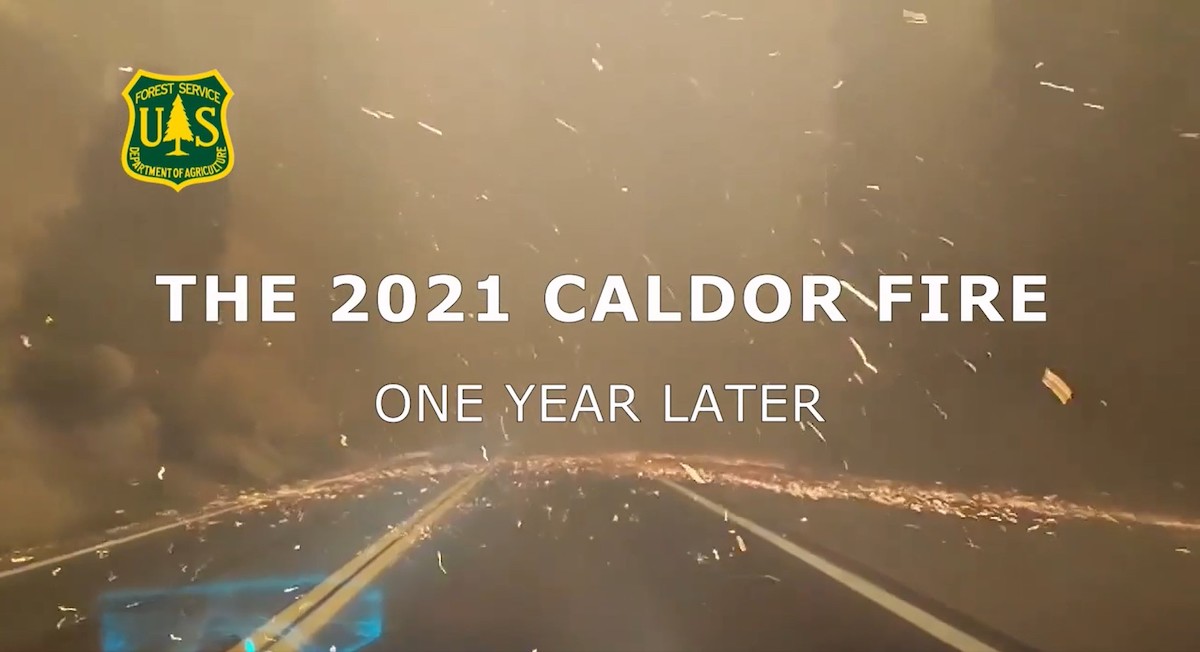
The 2021 Caldor Fire: One Year Later Video Series
October 21, 2022, marks exactly one year since the Caldor Fire was completely contained.
Over the last year and with months of research and collaboration, the Eldorado National Forest released a four-part series examining the Caldor Fire. This series reviews the suppression efforts that took place, the fire behavior challenging firefighters, the road to rehabilitation and restoration, and what is being done now to lower the future risk of fire to communities.
RESOURCES
Episode 1: Initial response and experiences of firefighters who not only worked but also lived in the area
Episode 2: How fire behavior and fuel conditions made for a challenging fire fight
Episode 3: What restoration and rehabilitation work has occurred and its importance
Episode 4: What is being done to reduce extreme wildfire behavior
LiDAR Data Collection for Northern California and Sierra Nevada
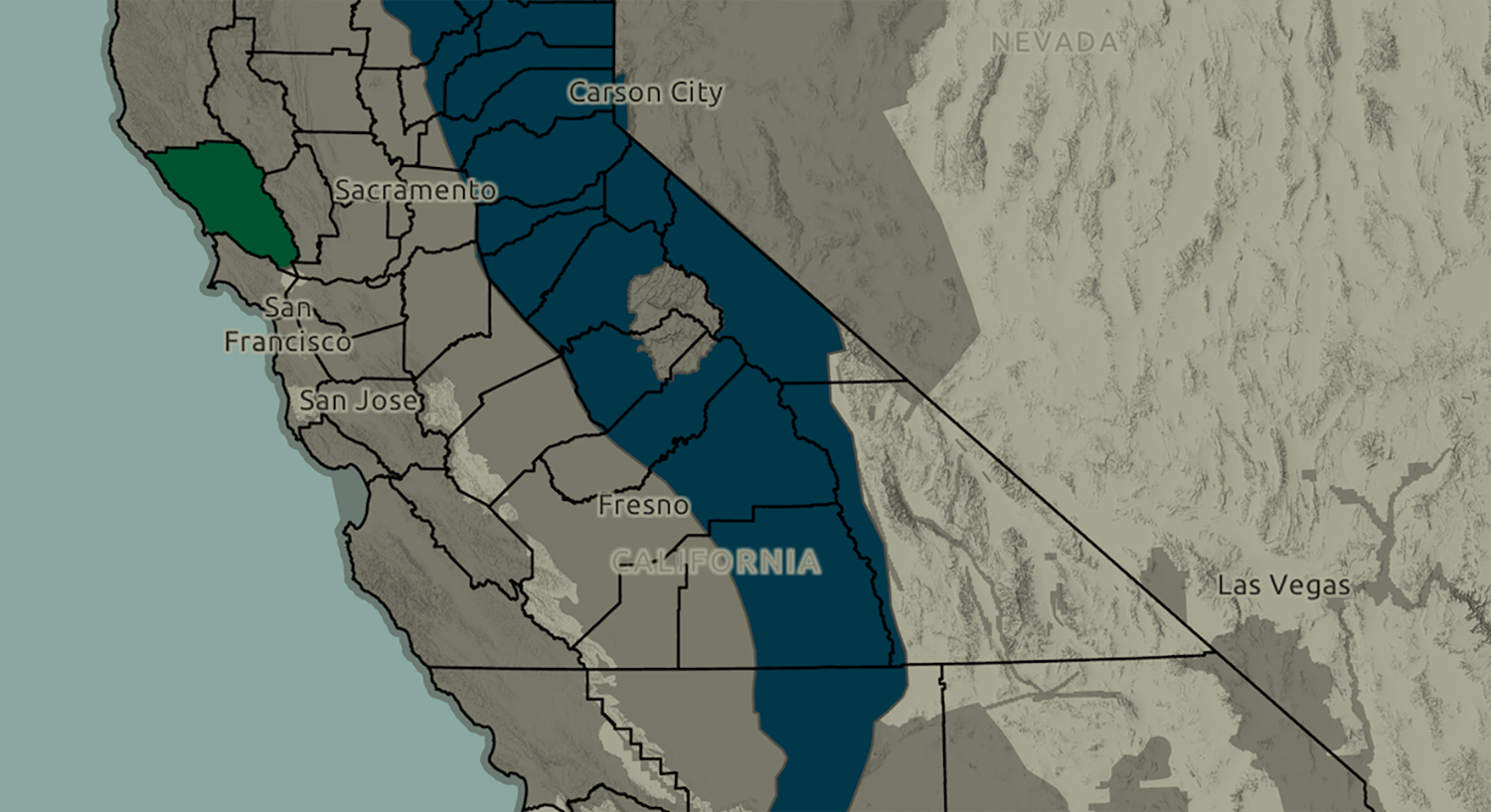
LiDAR Data Collection for Northern California and Sierra Nevada
The California Natural Resources Agency (CNRA), in partnership with the US Geologic Survey’s 3DEP Program and other entities, have now collected nearly 31.5 million acres of LiDAR (Light Detection and Ranging) covering large swaths of Northern California and the Sierra Nevada. These data fill substantial gaps in LiDAR coverage to improve the state’s ability to manage natural resources and protect public safety, directly enhancing our knowledge of forests and landforms in some of the most rugged and fire prone portions of the state. The $3.9M investment by CNRA is a portion of the funding for LiDAR and other remote sensing data that has been made available from funding allocated by the California Legislature (Budget Bill 21/21) .
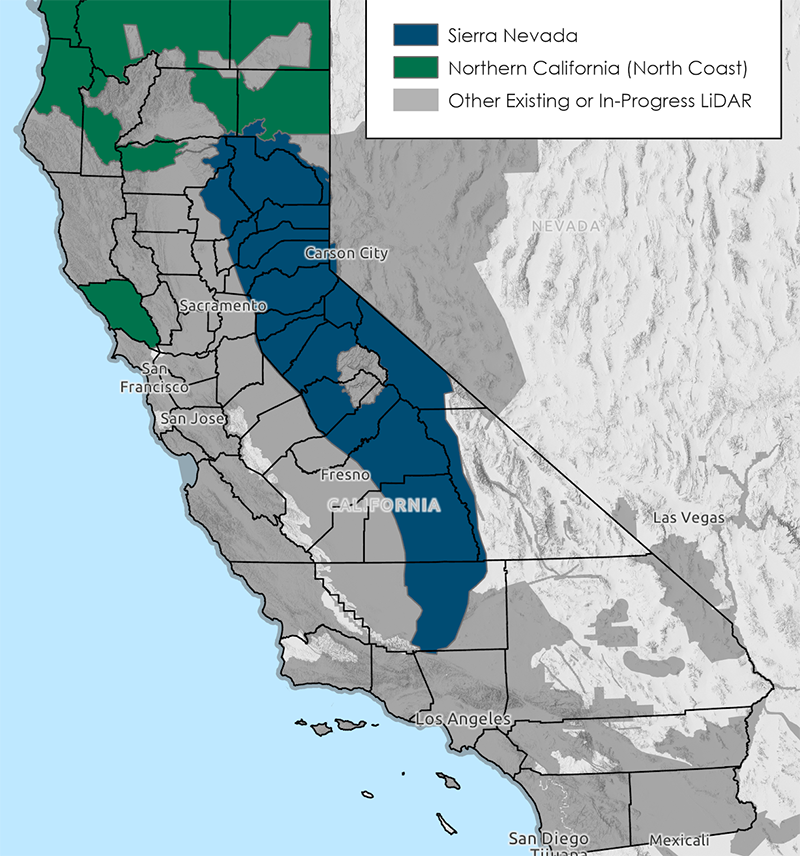
30x30 Partnership Kick-Off
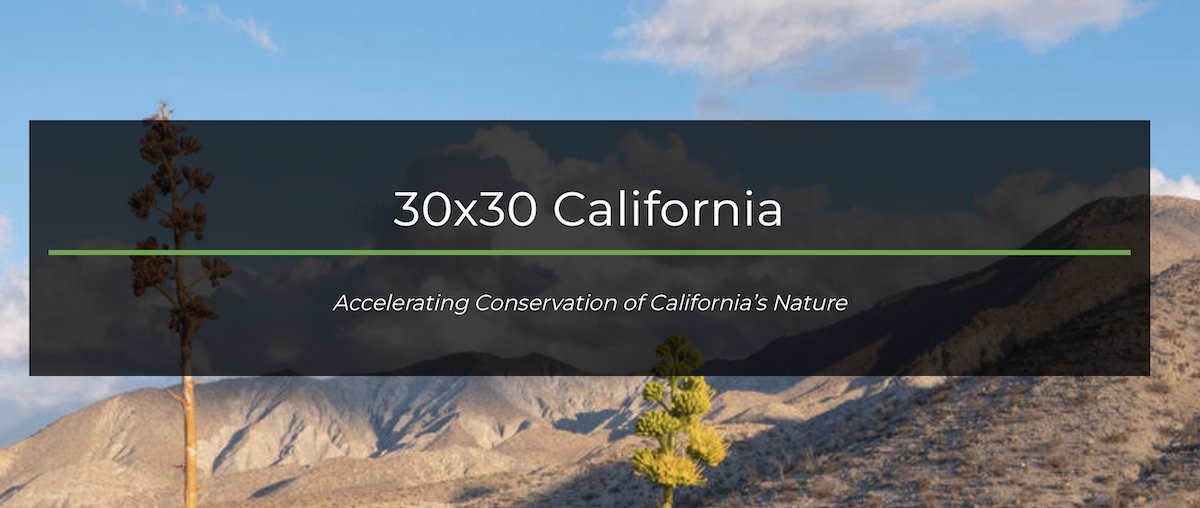
30x30 Partnership Kick-Off
On September 28, CNRA kicked off collaboration and community engagement around the 30 x 30 initiative, which commits California to the goal of conserving 30 percent of our lands and coastal waters by 2030. The Task Force is committed to aligning wildlife and forest resilience efforts with the state’s biodiversity and climate goals. Goal 3 of the Wildfire and Forest Resilience Action Plan outlines how the Task Force will seek to integrate forest management into state climate and biodiversity strategies.
An Overview of Tools to Inform Land Management Decisions
A Guide FOR Land Managers
An Overview Of Tools To Inform Land Management Decisions
24 Decision Support Tools Researched/Analyzed To Help Guide Land Managers
The Science Advisory Panel of the California Wildfire & Forest Resilience Task Force, in collaboration with US Forest Service Region 5 and Pacific Southwest Research Station created this guide to help land managers, both government and private, better understand the tools available to them to help make the critical decisions required to keep their lands healthy and resilient.
Background
The project team curated a list of 24 available tools for land management decision-making in California. Tools included in the list were “application ready” and applied at a regional or larger scale. For each tool, they identified a range of characteristics that could help land managers determine which tool or tools best meet their needs. The characteristics were selected through the project team’s expertise and engagement with tool users and developers.
The following characteristics were
surveyed for each tool:
- Management applications
- Geographic and spatial domain
- Pillars of Resilience
- Metrics used
- Data input and output
- Key strengths and limitations
- Required expertise and training
- Model validation
- Sustainment and maintenance
- Financial cost
- Documented applications
Click on graph to view
RESOURCES
How To Use This Page
Below are two tables representing two key results of the survey conducted by the project team.• Table 1 shows which categories of Management Application apply to each of the tools.• Table 2 identifies which Pillars of Resilience (from the Tahoe Central Sierra Initiative Framework For Resilience) each tool addresses.Land Managers should review these result tables as a first step to determining which tools would be most applicable to their land management decision making needs.
Complete Survey Responses For Each Tool
Write-Up On Additional Findings
Authors
• Jennifer Smith
USDA California Climate Hub
• John Battles
UC Berkeley
• Patricia Manley
US Forest Service Pacific Southwest Research Station
• Steven Ostoja
USDA California Climate Hub
• Carlos Ramirez
US Forest Service Region 5 Information Management – MARS Team
• Peter Stine
Pacific Southwest Research Station
USFS Will Resume its Prescribed Fire Program

USDA Forest Service Chief Randy Moore Announces Actions the USFS Will Take to Resume its Prescribed Fire Program
Update on USFS’ Prescribed Fire Pause. In a statement announced on September 8, USFS Chief Randy Moore has decided – based on a thorough review, findings, and recommendations provided by its National Review Team – to conditionally resume the USFS’s prescribed fire program nationwide. The conditions include a requirement that all USFS units immediately follow all seven tactical recommendations identified in the National Prescribed Fire Program Review. These actions will ensure prescribed fire plans are up to date with the most recent science, that key factors and conditions are closely evaluated the day of a prescribed burn, and that decisionmakers are engaged in those burns in real time to determine whether a prescribed burn should be implemented.
RESOURCES
Wildland Fire Lessons Learned Center
U.S. Forest Service Announcement
Biden Signs Inflation Reduction Act Affecting Health, Climate and the Economy
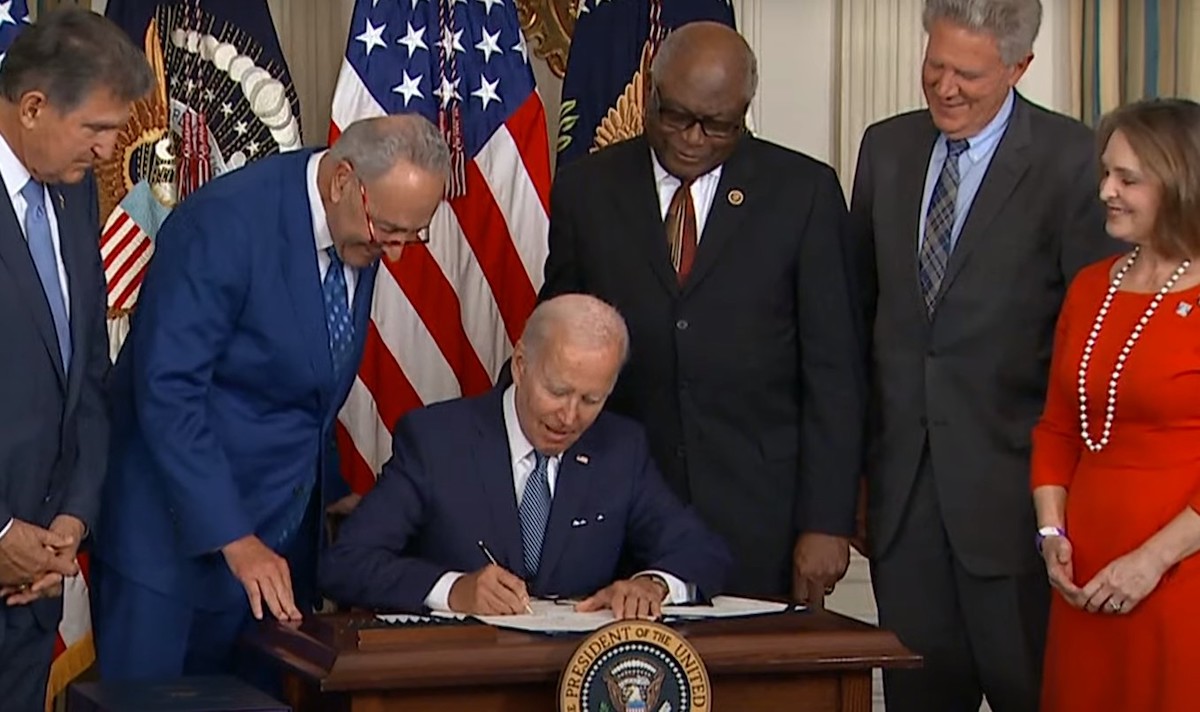
Biden Signs Inflation Reduction Act Affecting Health, Climate and the Economy
Biden Signs Inflation Reduction Act Affecting Health, Climate and the Economy. On August 16, President Biden signed a landmark climate change and health care bill into law. The Act includes the most substantial federal investment in history to fight climate change — some $375 billion over the decade, and significant investments in wildfire and forest resilience including:
Wildfire Resilience and Ecosystem Restoration
- $1.8 billion for hazardous fuels reduction projects on National Forest System land within the wildland-urban interface.
- $200 million for vegetation management projects on National Forest System land.
- $250 million for conservation, ecosystem, and habitat restoration projects on National Park Service and Bureau of Land Management lands.
Climate-Smart Forestry for Non-Federal Forest Landowners
- $450 million for grants to support climate mitigation, forest resilience, and carbon sequestration and storage practices.
Urban and Community Forests
- $1.5 billion for competitive grants to cities, tribal nations, nonprofits, and other eligible entities.
Forest Conservation
- $700 million for competitive grants through the Forest Legacy Program.
Forest Products and Innovation
- $100 million for grants under the Wood Innovation Grant Program.
RESOURCES
Cal OES Awards $25 Million to Local Organizations to Protect Vulnerable Communities
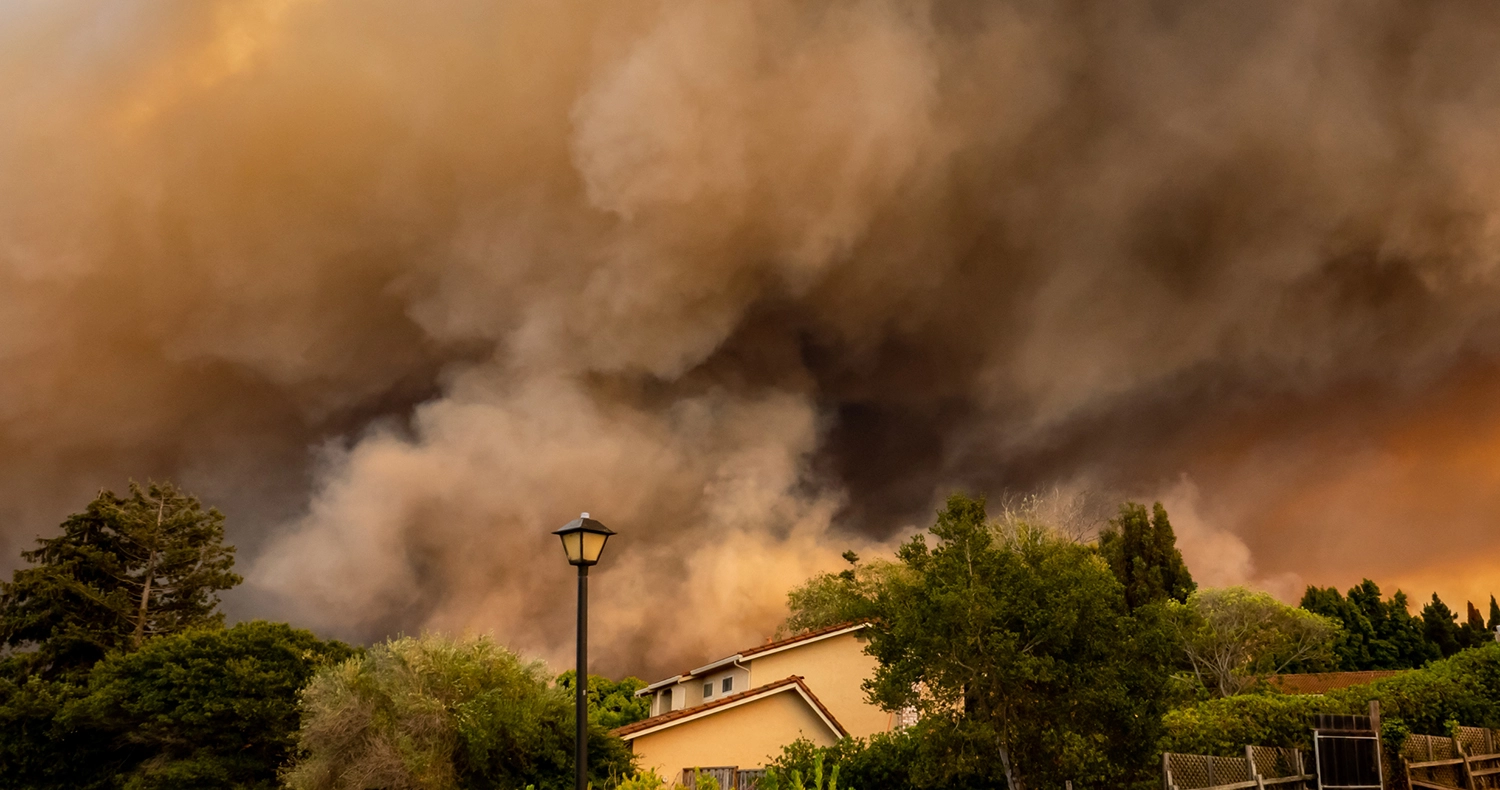
Cal OES Awards $25 Million to Local Organizations to Protect Vulnerable Communities from Disasters
In this second wave of funding, the California Department of Emergency Services awarded grants to 93 community partners to ensure the state’s most vulnerable are ready when disaster strikes. These grants prioritize communities that are considered both socially vulnerable and at a high risk of being impacted by wildfire, flood, earthquake, drought or heatwave.
RESOURCES
CAL FIRE Exceeds Goal of 100,000 Acres Treated Ahead of Schedule
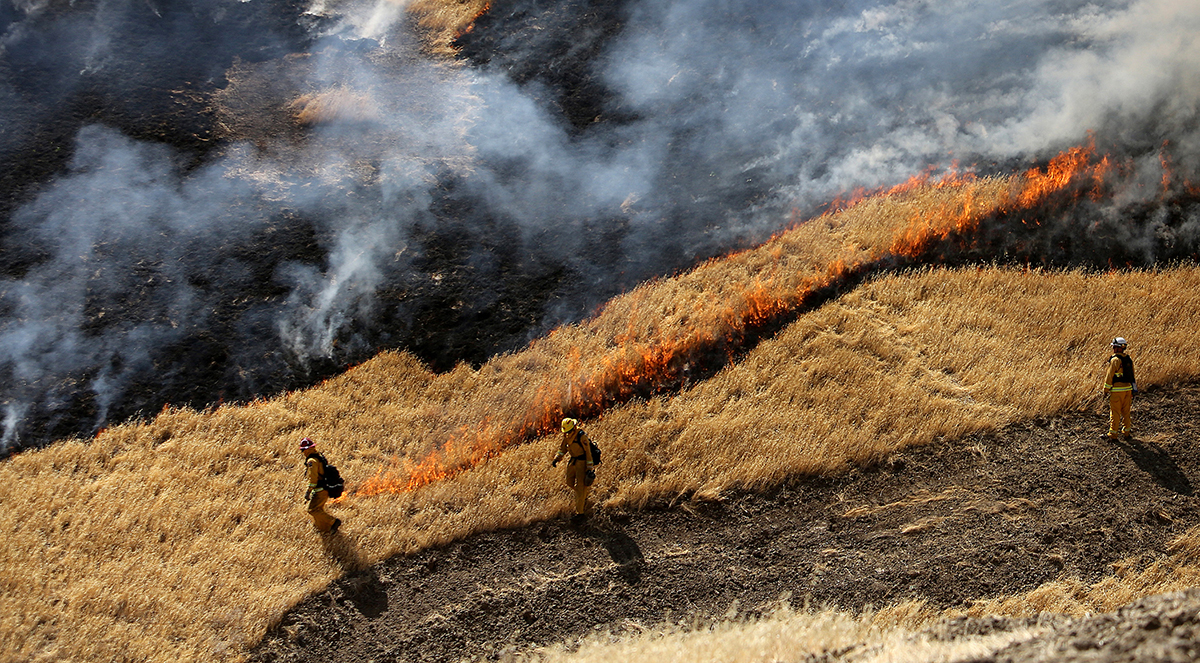
CAL FIRE Exceeds Goal of 100,000 Acres Treated Ahead of Schedule
Transition to peak staffing for upcoming fire season also complete.
June 21, 2022 – CAL FIRE is making significant progress in their important contributions to California’s Wildfire and Forest Resilience Action Plan. Today they announced two significant accomplishments, starting with the news that they have already surpassed one of the plan’s Key Action items – to treat 100,000 acres by 2025.
According to current estimates, CAL FIRE has achieved 110,925 acres treated by using all fuels reduction methods, including prescribed fire. The work includes more than 600 fuel reduction projects.
Along with achieving this important milestone, in preparation for the upcoming wildfire season, CAL FIRE has also completed the transition to peak staffing across California. Peak staffing ensures all CAL FIRE stations are open and staffed 24 hours per day; response capabilities are enhanced; all aircraft are prepositioned and staffed; and crews are staffed, trained, and working.
CA Celebrates Launch of Tribal Conservation Corps Program
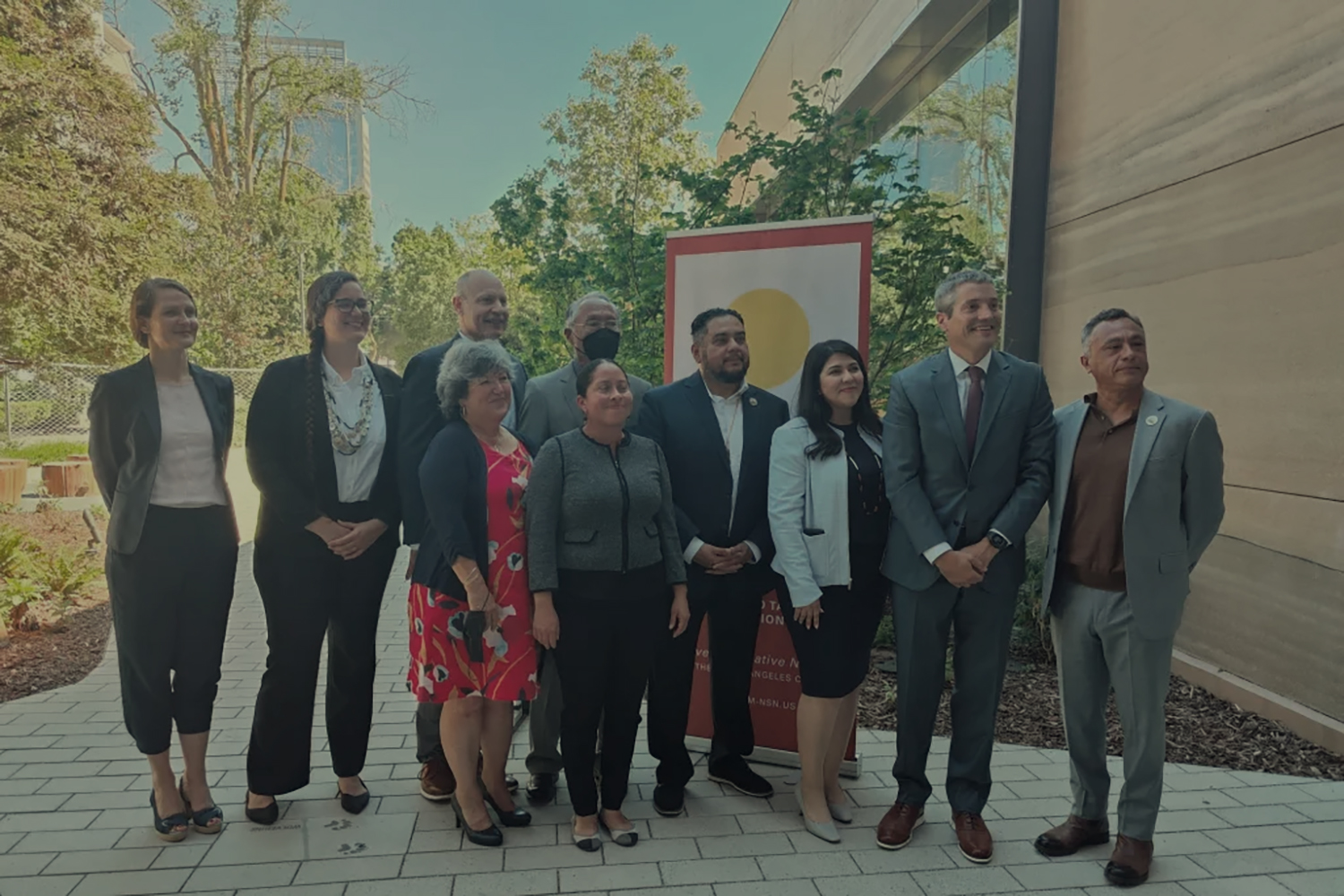
CA Celebrates Launch of Tribal Conservation Corps Program
Governor Newsom’s proposed 2022-’23 state budget includes $7.2 million in funding for the California Conservation Corps to establish more tribal conservation corps like the one being launched today.
RESOURCES


